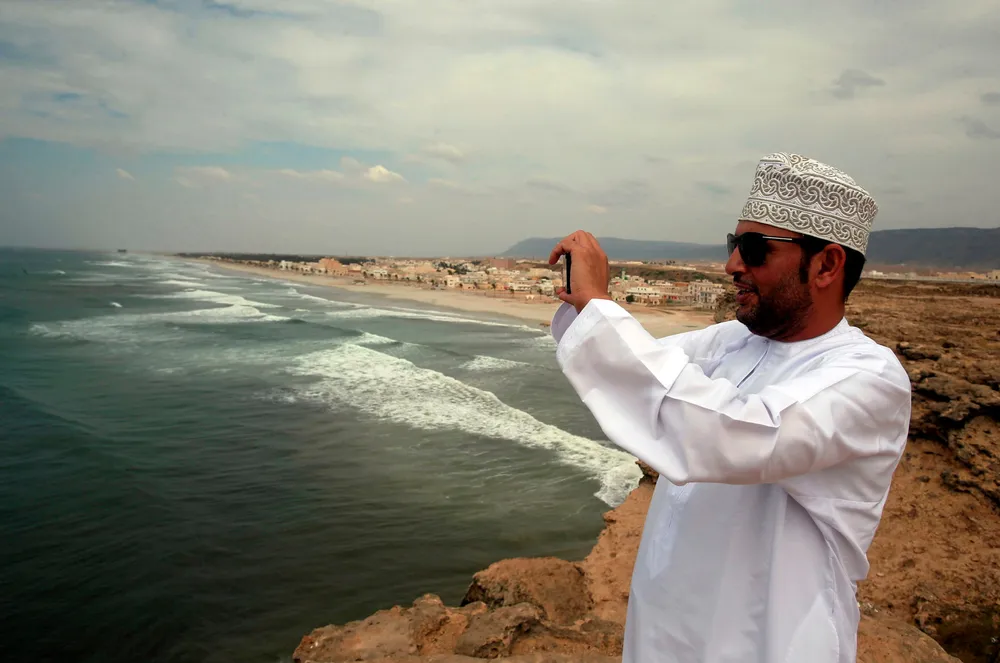Oman to lead Middle East green hydrogen exports this decade: IEA
The Gulf state could annually export over 670,000 tonnes of renewable H2 by 2030 — mostly in the form of ammonia — based on the current project pipeline

The Gulf state could annually export over 670,000 tonnes of renewable H2 by 2030 — mostly in the form of ammonia — based on the current project pipeline
